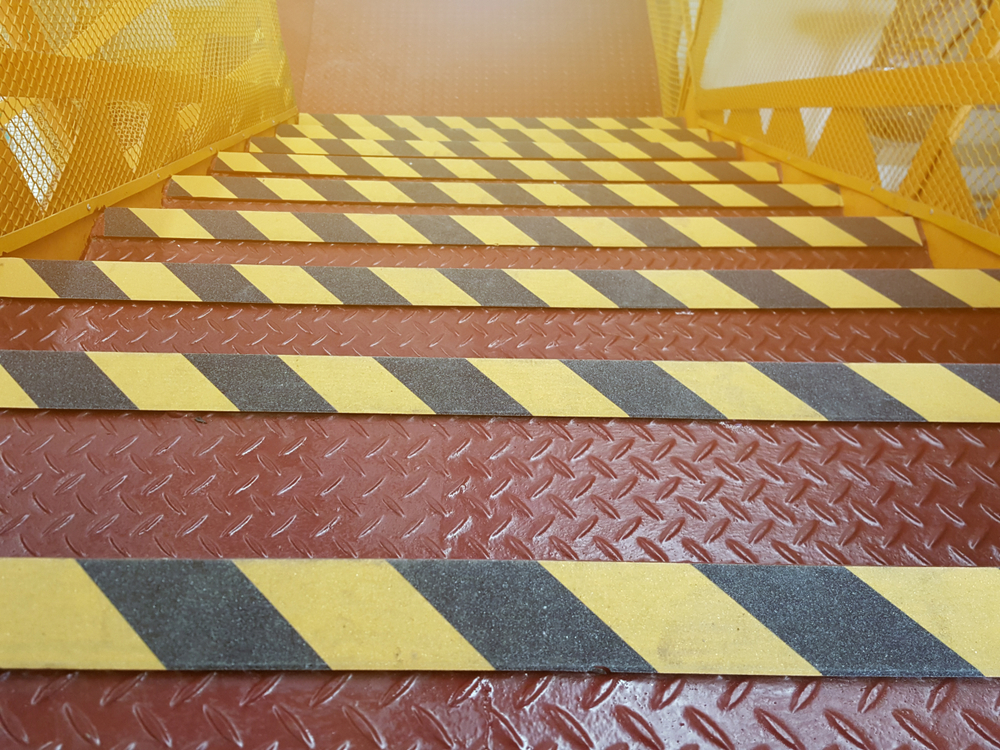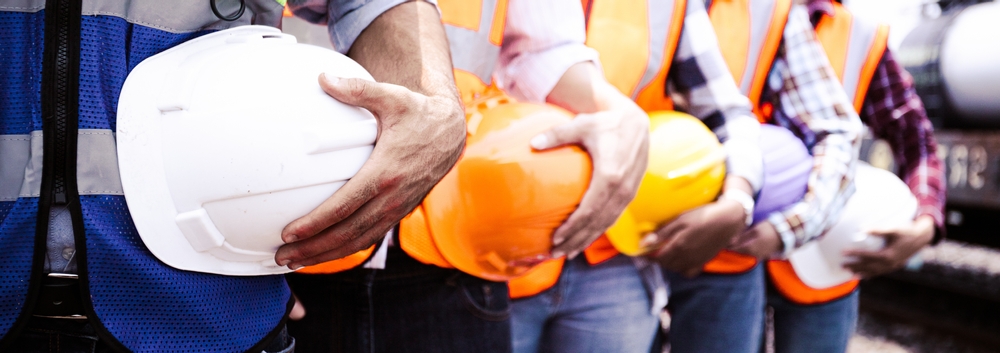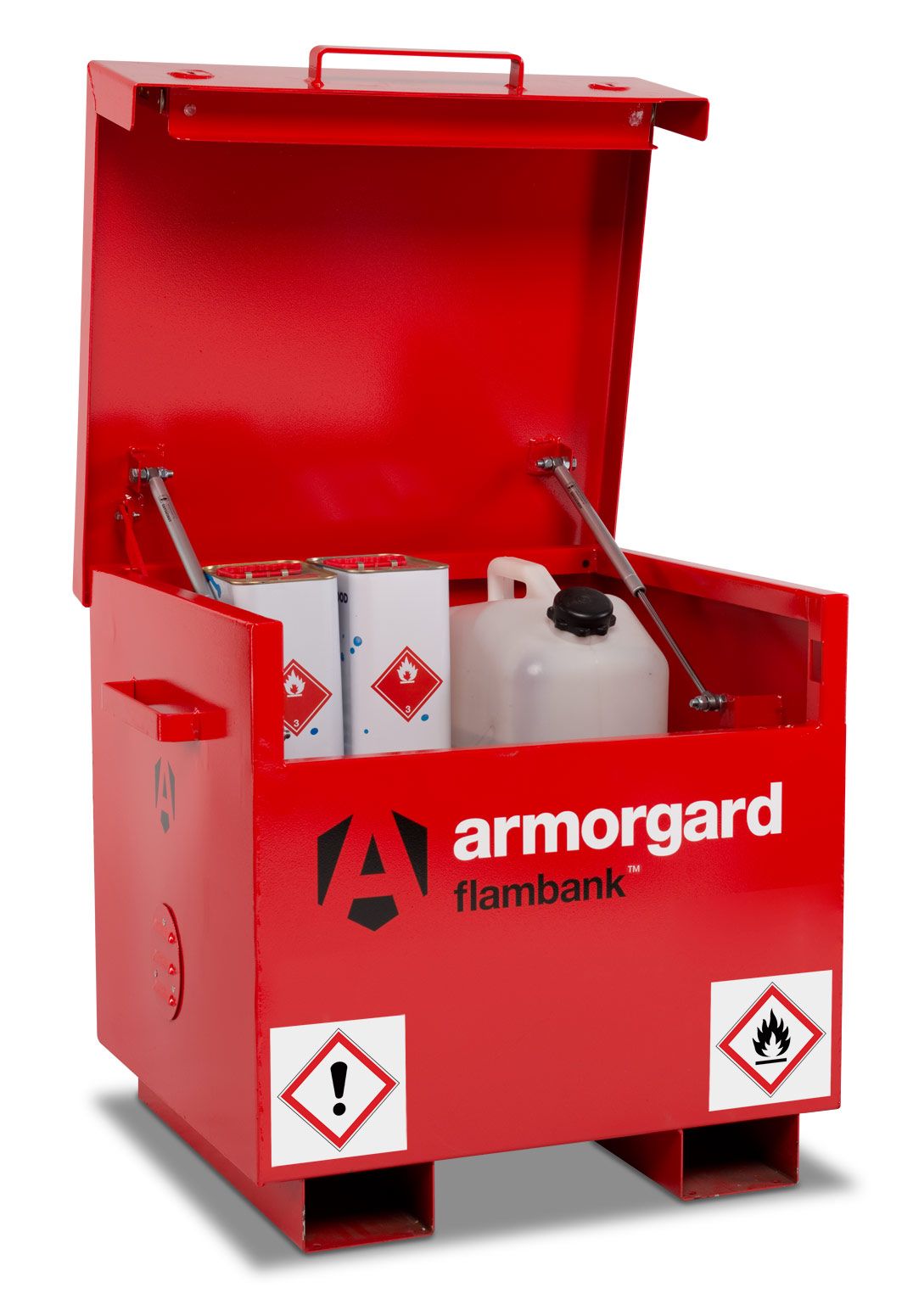Who is responsible for health and safety in the workplace?
Every year, many people are injured or suffer ill health due to hazards in the workplace. According to the Health and Safety Executive, in 2021/22 1.8 million people were suffering from a work-related illness and 565,000 workers sustained an injury at work.
Effective health and safety practices and an appropriate workplace culture help to protect people from work-related hazards. It is essential that both the employer and employees understand their roles and responsibilities with regard to health and safety at work.
Health and Safety Responsibilities for employers
Under the Health and Safety at Work Act (HSWA) 1974, employers are legally responsible for ensuring the health, safety, and welfare of employees and anyone who might be affected by their work activities. Employers must do anything that is reasonably practicable to achieve this.
To maintain health and safety in the workplace, employers must fulfil the following responsibilities:
Have a health and safety policy
By law, all businesses must have a health and safety policy. It must describe how health and safety will be managed in the workplace – it should clearly state who does what, when and how. Employers should share the health and safety policy with everyone in the workplace, so that everyone is aware of how health and safety is managed. Organisations with five or more employees must have the policy written down.
Appoint a competent person
Employers must appoint a competent person to help them fulfil their health and safety legal duties. The competent person must have the necessary skills, knowledge and experience to recognise health and safety hazards in the workplace and help to put sensible controls in place. However, the employer still remains responsible for the health and safety in the workplace even if they appoint someone else to carry out these duties.
Assess risks
The law requires employers to carry out a risk assessment to protect employees against exposure to foreseeable risks. The risk assessment must identify the hazards that might cause harm to individuals and establish reasonable measures to eliminate and control the risks in the workplace. Organisations with five or more employees must write down the risk assessment.
Set up emergency procedures
The employer must establish and clearly communicate an emergency procedure to all workers, and set out everyone’s roles and responsibilities. So that, staff know exactly what they need to do in the event of an emergency, who to contact, and where fire exits, fire alarm call points and fire assembly points are located.
Make arrangements for first aid, accidents and ill health
Employers must put arrangements in place for first aid, accidents and ill health. They must ensure that employees receive immediate attention if they are taken ill or are injured at work. As a minimum, every workplace must have a suitably stocked first-aid box, have an appointed person to take charge of first-aid arrangements, and provide information for all employees about first-aid arrangements.
Provide training and information
Employers must provide clear instructions, information, and adequate training for employees to ensure they can carry out their work safely and without risks to health. This training can be done in-house, face-to-face at a training centre or taken online using a provider like i2Comply . Also, employers must ensure that all employees understand the information and training. Some employers will need to consider language, literacy barriers or accessibility for individuals with disabilities.
Consult employees
Every employer has a duty to consult with their employees, or their representatives, on health and safety matters to protect everyone from harm in the workplace. This involves allowing staff to raise concerns about health and safety in the workplace. The employer should listen to employees’ concerns and take them into account when making health and safety decisions.
Provide Personal Protective Equipment (PPE)
To enable their employees to carry out their work safely, employers must provide workers with any equipment and protection necessary. These items which may include protective clothing, shoes or boots, eye and ear protection, gloves and masks, can be purchased from online stores like SafetyBuyer. Also, the employer must ensure that PPE is properly maintained and that workers know exactly how and when they need to use it.
Report accidents
Employers must keep records and report death, serious injuries caused by workplace accidents, occupational diseases and specified dangerous occurrences (near misses) under RIDDOR.
Display the health and safety law poster
A health and safety law poster must be displayed by the employer, where employees can easily read it. Alternatively, employers can hand out an equivalent leaflet to workers. It must outline British health and safety laws and include a straightforward list that tells employees their own and their employer’s duties in regard to health and safety at work.
Provide appropriate workplace facilities
Employers must provide appropriate workplace facilities for everyone in the workplace to ensure employees’ welfare, health and safety. Employers must provide toilets, washing facilities and a rest area. They must ensure there is good ventilation, a reasonable temperature in the facilities, suitable lighting, suitable workstations and a clean workplace. To keep workers safe, employer must properly maintain premises and work equipment, and keep traffic routes clear of obstructions.
Have insurance
Most employers are required by the law to insure against liability for injury or disease to their employees arising from work. If an employee is injured, or becomes ill as a result of work, they can claim compensation from their employer if they believe the employer is responsible. Employers’ liability insurance will help them to pay any compensation for their employees’ injuries or illness.
Work with others
Employers must work along with other employers, or contractors sharing the workplace, to ensure everyone’s health and safety. Also, employers must work with external services, such as emergency services, especially in high-risk environments. They should provide enough information about the potential risks in the workplace for those services to take appropriate and immediate action in emergencies.
Health and safety responsibilities for employees
Although employers are legally responsible for health and safety in the workplace, it is a collective responsibility. All employees must do their part in keeping health and safety at work.
To maintain health and safety in the workplace, employees must carry out the following responsibilities:
Co-operate with employer
Employees must co-operate with their employer on health and safety matters. This means that they must follow the employer’s health and safety policy and procedures, and they must not interfere with, or misuse, anything provided for their health, safety or welfare.
Take responsibility
Workers have a duty to take care of their own health and safety and that of people who may be affected by their actions at work, or their failure to take reasonable action. All employees must be aware of their surroundings, never engage in practices, or use equipment, that seem unsafe and might cause illness or injury to themselves or others. Also, they should report potential workplace hazards to their employer in order to protect themselves and others in the workplace.
Attend health and safety training
Employees must attend Health and safety training provided by employers. It is also important that workers implement the new knowledge into their work activities. One of the most convenient and cost-effective ways for companies to train their employees is to use online training. Online Health & Safety training courses, approved by lead bodies like RoSPA and IATP, are a perfect way for employees to gain the knowledge they require and the certification they need.
Wear PPE
Employees must wear the PPE their employer provides them with when carrying out tasks that may be a safety risk. PPE does not need to be worn at all times – employers should ensure workers know when and how to use it.
Ask for guidance
If employees are in any doubt, they should always seek guidance on health and safety matters at work.
Report any accidents
All incidents must be reported. Employees must report any dangerous situations, accidents, near misses, hazards and safety failures that they witness. They should never ignore anything that does not seem right. Instead, they should inform their employer if they think the work, or inadequate precautions, are putting anyone’s health and safety at serious risk.
The role of the Health and Safety Executive
The Health and Safety Executive (HSE) is Britain’s national regulator for workplace health and safety. HSE aims to prevent work-related death, injury or illness and help organisations to manage risks in the workplace.
HSE’s role involves:
- providing advice, information, guidance, templates and tools to employers and employees
- raising health and safety awareness in workplaces by influencing and engaging
- operating licensing activities in industries that may have major hazards associated with them
- carrying out targeted inspections and investigations to ensure business compliance with all Health and Safety laws
- developing policies, strategies and procedures for Health and Safety
- Enforcing law so that those who break the law accept responsibility
Looking for high quality online Health & Safety training?
I2Comply pride themselves on offering quality online training at an affordable price. Discounts are available for bulk purchases and there is no time limit for completion. All courses include professional audio narration and are interactive, engaging, and self-paced.
We offer the following RoSPA-assured, IATP-approved and CPD-certified online Health & Safety courses:
1. Online Abrasive Wheels Training
2. Online Asbestos Awareness Course
4. Display Screen Equipment (DSE) Awareness Course
5. Hand-Arm Vibration (HAV) Training Course
6. Ladder Safety Training Online Course
7. First Aid in the Workplace Course Online
8. Online Legionella Awareness Training
9. Online Manual Handling Training
10. Mental Health Awareness Online Course
11. Noise Awareness Training Course
12. Stress in the Workplace Course
13. Working at Heights Online Course
14. Working in Confined Spaces Course
We’are sharing some content which might be useful to our readership, but it’s not endorsed by SafetyBuyer.
 Over 12,000
Over 12,000  Simple no quibble
Simple no quibble  Prompt dispatch &
Prompt dispatch &  UK Mainland Delivery
UK Mainland Delivery 












